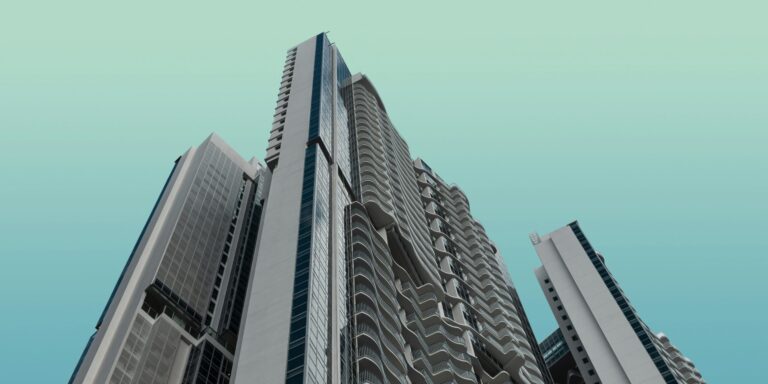On August 4, 2025, reports indicated that the U.S. commercial real estate sector had reached a stabilizing phase, with investment activity expected to grow by approximately 10 percent during the year. CBRE projected total commercial real estate investment volume to reach around $437 billion in 2025, still below pre-pandemic levels but showing clear signs of recovery. Investors have increasingly focused on property types such as industrial assets, data centers, and retail locations, reflecting a deliberate shift toward high-demand, higher-quality real estate.
Though overall portfolio allocation remains cautious, capital is choosing its targets carefully. CBRE emphasized that industrial and multifamily properties are attracting strong interest, driven by durable fundamentals and investor confidence bolstered by recent tax legislation that favors real estate investment. Cap rates are beginning to compress, albeit gradually, supported by improving occupancy and a renewed willingness among institutional buyers to transact in core assets.
Read Also: https://rentmagazine.com/industrial-rents-poised-to-benefit-from-japanese-investment-surge/
The office market remains bifurcated. While overall U.S. office vacancy rates lingered near 19 percent, demand for premium Class A space in key metros—including New York City and Miami—has created a noticeable shortage. Companies increasingly require high-spec buildings with amenities, accessibility, and prestige, making availability scarce in top-tier markets. In Midtown Manhattan, for instance, leasing surged in early 2025 and rents topped $150 per square foot in the best properties, while brokers report very limited new availability. Similarly, Miami’s Brickell district has seen escalating demand and rising rents, even as the broader metropolitan region struggles with excess supply.
CBRE’s outlook indicates that leasing activity is likely to grow modestly across the office sector, supported by a slowdown in new construction and a gradual rise in in-office occupancy as hybrid work models stabilize. Class A buildings delivered since 2010 are experiencing stronger absorption and lower vacancy rates—around 15 percent—suggesting corporate preference for modern, amenity-rich environments over older, less adaptable structures. Notably, 2025 marks the first time since at least 2000 that total office space being taken offline through conversions and demolitions (about 23.3 million square feet) will exceed new deliveries (around 12.7 million square feet), helping to relieve supply pressures.
Data centers continue to gain investor favor as persistent growth in AI, cloud computing, and e-commerce requires expansion of digital infrastructure. These logistics-adjacent properties offer lower volatility and stable yields. Retail assets, particularly grocery-anchored centers and anchor-space leasing opportunities in dense urban or suburban nodes, also remain favorable, supported by strong foot traffic and resilient consumer spending.
Despite headwinds such as elevated long-term interest rates and global trade uncertainties, commercial real estate shows cautious optimism. CBRE anticipates that economic fundamentals—GDP growth, controlled inflation, and moderate unemployment—will help underpin demand in core sectors. Debt markets have reopened through CMBS issuance and institutional lending, though underwriting remains selective. Institutional investors are reported to be returning in measured fashion, especially to markets where quality and long-term yield potential align.
Looking ahead, the commercial real estate outlook for the remainder of 2025 is largely positive. High-quality assets in industrial, data center, and retail sectors are outperforming, while demand for premium office space in gateway cities continues to tighten. Conversions of obsolete office buildings into residential or mixed-use projects are absorbing excess supply and signaling a broader shift toward more adaptive urban real estate strategies. For investors, the current environment offers opportunities to lock in long-duration income and capitalize on market transitions driven by quality, location, and changing occupier behavior.
Although the investment volume has yet to return to pre-pandemic highs, the market is clearly on an upward trajectory—marked by deeper investor confidence, narrowing cap rates, and a structural tilt toward sectors positioned for long-term resilience.
